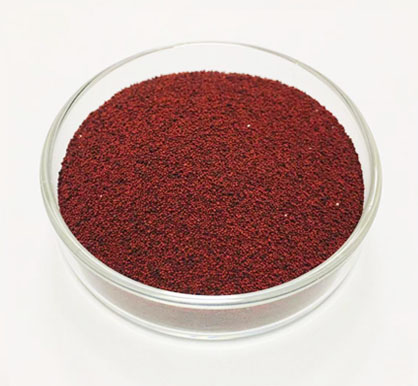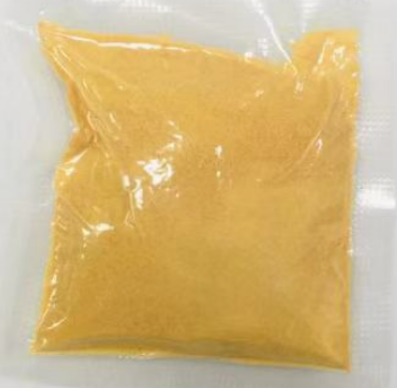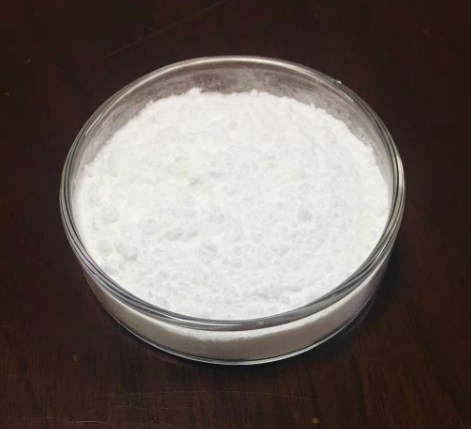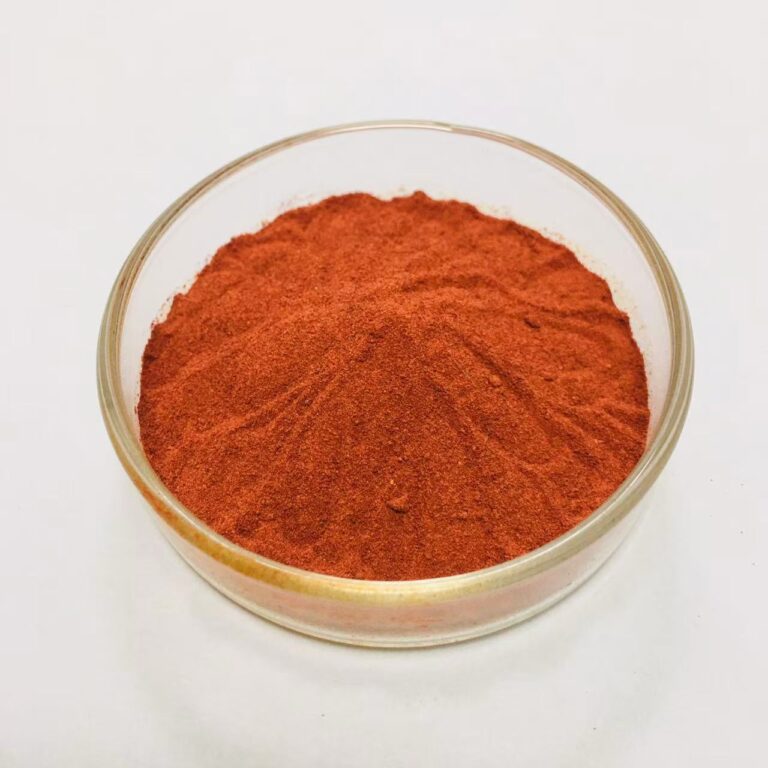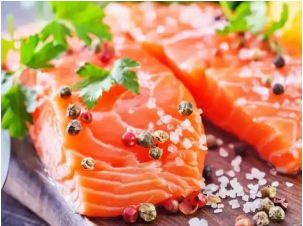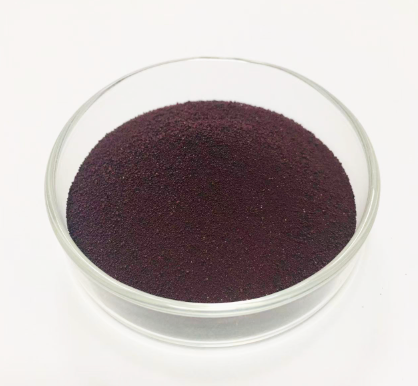Astaxanthin
—–KING OF CAROTENOIDS
Part I. General Profile
A red carotenoid, is a powerful antioxidant that could be found in certain species of plants, animals and microalgae. Also called as the King of Carotenoids, Astaxanthin has been documented in many studies of its wide benefits for the following purposes:
- Cardiovascular Health
- Immune Health
- Skin Health during UV exposure
- Joint Health
- Recovery from Exercise
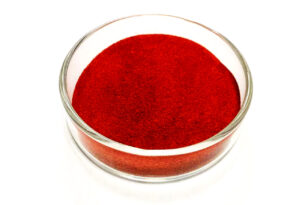
Part II. Properties, Efficacies and Diversified Applications.
Astaxanthin is a carotenoid with a ketone structure. β-carotene is structurally similar to natural astaxanthin, consisting of a long conjugated double-bonded carbon chain and six-membered rings with α-hydroxyketone groups at both ends. The conjugated double-bonded carbon chain is composed of four isoprene structures. The antioxidant capacity of astaxanthin is 550 times that of
vitamin E and 10 times that of β-carotene. Astaxanthin is by far the strongest antioxidant found in nature by humans, and is known as “super vitamin E” and “super antioxidant”.
Thanks to its super-strong antioxidant capacity, it can eliminate oxidative free radicals generated by sunlight or cell aging. Therefore, astaxanthin has the effects of protecting the human eyes and skin, reducing the damage of solar radiation to the human body, preventing the aging of heart blood vessels, preventing the occurrence of cancer, and preventing Alzheimer’s disease. Because of this, astaxanthin is becoming known and loved by more and more people, especially fitness enthusiasts, and has become one of the most fashionable nutritional health products nowadays.
Natural astaxanthin comes from algae, bacteria, and phytoplankton. Some aquatic species, including crustaceans such as shrimp and crabs, have a red appearance because they have long fed on these algae, bacteria, and phytoplankton. They are then preyed on by fish such as salmon and garfish, as well as birds and poultry such as flamingos, chickens, and ducks. The pigment is stored in the skin and fat tissue, making their skin and feathers also appear red. Therefore, natural astaxanthin can also be obtained from crustaceans, fish, birds, and poultry.
Studies have found that many types of algae, such as snow algae, chlamydomonas, euglena, and others, contain astaxanthin. Among them, Haematococcus pluvialis can accumulate astaxanthin up to 4% of its cell dry weight, with a higher accumulation rate and total production than other green algae, making it currently recognized as the best biological source for producing natural astaxanthin. Phaffia rhodozyma is considered the most suitable source of astaxanthin in current fermentation production.
I.The Efficacy of Astaxanthin:
(1) Antioxidation
A key property of astaxanthin lies in its antioxidant capacity, making it an excellent antioxidant. Studies have shown that astaxanthin exhibits the strongest quenching ability, with a greater capacity to quench molecular oxygen compared to β-carotene, vitamin E, α-carotene, lutein, and lycopene, which share similar structures. Its powerful antioxidant property stems from its ability to stabilize membrane structures, reduce membrane permeability, restrict peroxide initiators from entering cells, and protect important intracellular molecules from oxidative damage. Research indicates that astaxanthin can effectively reduce oxidative damage, clear accumulated lactic acid in the body, and alleviate delayed-onset muscle soreness caused by strenuous exercise, making it highly suitable for athletes and fitness enthusiasts.
(2) Enhancing Endurance
- During exercise, the first energy source consumed is glycogen stored in muscles and internal organs. Prolonged exercise leads to glycogen depletion and a drop in blood sugar, causing fatigue in internal organs and the central nervous system. Astaxanthin not only protects skeletal muscles from oxidative stress damage during activity but also safeguards carnitine palmitoyltransferase-I (CPTI, a lipid transfer enzyme) involved in transporting fatty acids to mitochondria. On one hand, this promotes fat as the main fuel source, enhances fat metabolism, enables the body to produce more energy to meet the high energy demands during exercise, increases tolerance, and extends exercise duration. On the other hand, the substantial burning of fat also consumes accumulated body fat, achieving weight loss and body shaping effects. Therefore, astaxanthin is favored by professional athletes and fitness enthusiasts.
(3) Enhancing Immunity
Astaxanthin can significantly boost both local and systemic immune capacity of the body. This immunomodulatory property, combined with its antioxidant activity, plays an important role in preventing the occurrence and spread of diseases. Experiments have shown that astaxanthin can slow down the decline in immune function caused by aging, improve the function of the body’s immune organs, and enhance resistance to harsh environments. More importantly, astaxanthin can strengthen the function of T cells in the body, increase the number of neutrophils and natural killer cells, and participate in the body’s cellular immunity; it promotes the production of immunoglobulins, increases the levels of IgG (immunoglobulin G), IgA (immunoglobulin A), and IgM (immunoglobulin M), enhances the humoral immune response, and improves human immunity.
(4) Preventing Cardiovascular and Cerebrovascular Diseases
Astaxanthin can reduce the oxidation of apolipoproteins and can be used to prevent arteriosclerosis, coronary heart disease, and ischemic brain damage. Astaxanthin dilates blood vessels, lowers blood pressure, and improves blood supply and oxygenation by activating the activity of nitric oxide synthase in vascular endothelial cells; at the same time, it can regulate blood pressure by inhibiting angiotensin II and improving blood viscosity. Astaxanthin can effectively reduce triglycerides, total cholesterol, and low-density lipoprotein, increase high-density lipoprotein, inhibit the oxidation of low-density lipoprotein, vascular endothelial inflammation, and abnormal platelet aggregation, thereby fundamentally preventing arteriosclerosis and thrombosis. Therefore, astaxanthin is one of the best health choices for preventing cardiovascular and cerebrovascular diseases.
II.Applications of Astaxanthin
(1) Applications in Medicine
The human retina is rich in unsaturated fatty acids, and the central nervous system is also rich in unsaturated fatty acids. Free radicals generated by oxidation can easily cause peroxidation of retinal cells and the central nervous system, leading to damage to the body. Astaxanthin can overcome the coagulation dysfunction caused by antiplatelet drugs. In the United States, some companies have already developed astaxanthin as a drug, aiming to prevent re-infarction after cerebral infarction.
(2) Applications in Food
Fat-soluble astaxanthin presents a naturally bright red color. It has the characteristics of strong coloring power, safety, non-toxicity, low dosage, no peculiar smell, and good taste, so it is widely used in coloring health products, edible oils, ice cream, candies, and condiments, especially in foods with high fat content. Astaxanthin not only acts as a high-quality pigment but also serves as a functional ingredient in health products due to its effects such as enhancing immunity and anti-aging; due to its strong antioxidant properties, it can keep the nutritional components of food from being destroyed, thus acting as a component for preserving food freshness, flavor, and quality. In Japan, astaxanthin is usually regarded as a functional food additive, often used to soak fruits, seaweed, and vegetables, and it is also used as a red dye for vegetables.
(3) Applications in Aquaculture and Livestock Breeding
In aquaculture, astaxanthin can be used as a hormone to promote fish egg fertilization, reduce embryo mortality, accelerate individual growth, and increase the maturity rate of fish. When fragments of astaxanthin-producing Phaffia rhodozyma are added to fish feed, after salmon and sturgeon consume the feed, astaxanthin usually accumulates in the skin and flesh of the fish, making the fish appear red. Compared with fish that do not consume astaxanthin, these fish have a brighter color, richer nutrition, and better taste, and are very popular among consumers in European and American markets. Astaxanthin can not only be used in aquaculture but also in poultry breeding. Studies have shown that feed added with astaxanthin can promote the growth of poultry, improve the egg production rate of poultry, and the skin, feet, and beaks of meat poultry also show a golden color loved by consumers. The addition of astaxanthin can improve the commercial value of various eggs and meat. Therefore, the use of astaxanthin can effectively promote the development of the aquaculture and livestock breeding economy.

